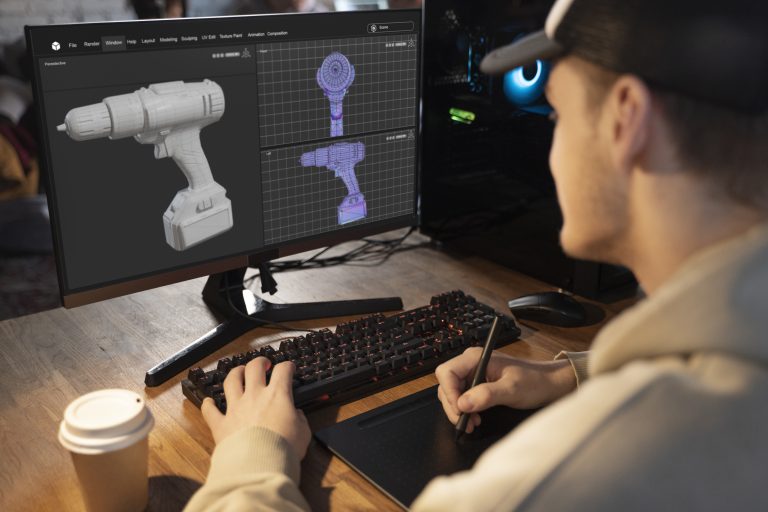While injection moulding in one shape or another has been around for a while, industry innovation in injection moulding continues to develop rapidly. The versatile form of manufacturing lends itself to continuous developments and innovations, as engineers find new ways to refine and improve the process. While the main process remains largely the same, involving mould cavities and plastic or other material forming the final component, the way in which injection moulding is carried out – and supported – is changing and improving all the time.
Four Examples Of Industry Innovation In Injection Moulding
Several industry innovations in injection moulding have brought about large improvements in efficiency and reductions in production costs. Others have allowed entirely different ways of manufacturing to produce items that would not have been possible even a few years ago. Here are some of the more noteworthy ways that we have seen industry innovation in injection moulding in recent years.
Remote Monitoring And Control
One of the main shift changes that have remained within the industry from the COVID-19 lockdowns has been an increase in working remotely. This came about due to the need to distance ourselves from each other at the height of the pandemic. Since then, many scientific minds have turned themselves to developing ways to keep the wheels of industry turning without people having to be in close proximity to each other – or their machinery – all of the time. Now, injection moulding can be monitored and adjusted remotely using smart technologies and apps that connect to the machinery’s own software. Multiple machines can be tracked from one device and reports produced to keep everyone informed as to progress.
3d Printing
This industry innovation in injection moulding has been around for a while now. However, its techniques and scope are constantly expanding and evolving. At first, 3D printers were large and cumbersome, and the process very expensive. Now, 3D printers are a more manageable size and materials costs are lower per unit. A wider variety of items can be printed using them as well. 3D printing has become a hugely popular method for producing prototypes, tooling, machine parts and very limited production runs. In this way, it has become a vital and integral part of the injection moulding process and a key industry innovation in injection moulding.
Robots And Automation
This exciting industry innovation in injection moulding is being repeated across many manufacturing sectors. Where in previous years, automation in manufacturing would largely be limited to robotic arms performing repetitive movements from a stationary position, the scope for automation is now far wider. Robots and automated machines are used all along the manufacturing supply chain. They can pick and move raw products, complete repeated movements on an assembly line and work in tandem with human operators for increased speed and efficiency. Automation is also playing a larger part in inspections and quality control, where specialist software is being used to determine colour matches, identify minuscule faults and assess measurements against design specifications.
Micro Injection Moulding
From medicine to electronics; communications to the military, multiple industries are relying more and more on micro components and very small parts. These are increasingly needed for surgical instruments, circuit boards, smart devices etc. This is another area in which industry innovation in injection moulding has allowed a well-established process to evolve to meet demand. Quality control is the watchword here, which is where micro injection moulding comes into it. Micro injection moulding uses specialised techniques to create very small parts that must still meet exacting safety standards. Specialised inspection methods are helping keep the quality high in these areas and the trend looks set to evolve even more in the years ahead.





